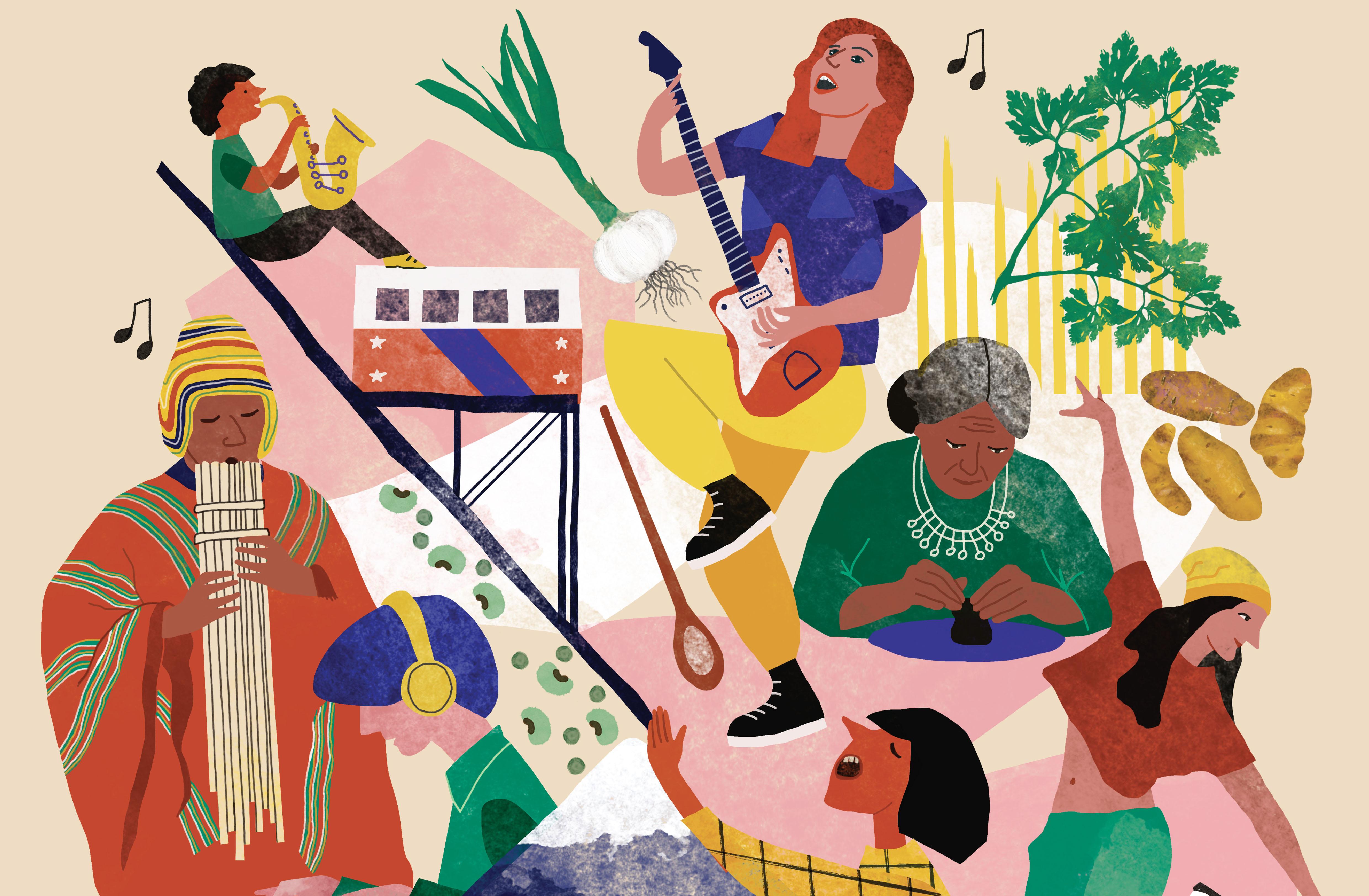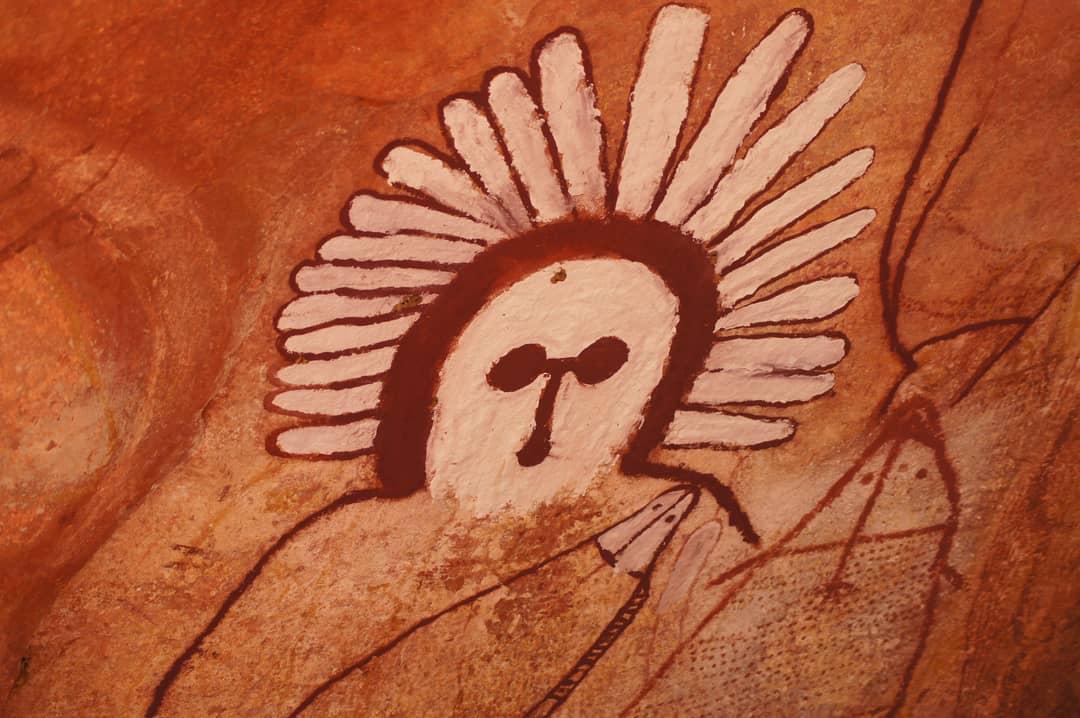In the tapestry of Australia’s multicultural society,Africans weave a vibrant thread,a testament to a shared history that spans centuries. From the shores of the Indian Ocean to the vast Australian continent, their presence has left an enduring mark on the nation’s landscape. This article delves into the rich experiences of africans in Australia, exploring their journeys, their contributions, and the challenges they have faced along the way. We unravel the threads that connect them to this distant land, shedding light on the complexities and nuances of their stories.
The Pioneering Legacy: Arrival, Contributions, and Historical Oversights
Table of Contents
- 1 The Pioneering Legacy: Arrival, Contributions, and Historical Oversights
- 2 Cultural Tapestry: The Rich Diversity and Vibrant Communities of African Australians
- 3 Addressing Challenges: Discrimination, Representation, and Empowerment
- 4 Pathways to Prosperity: Education, Employment, and Economic Inclusion
- 5 To Wrap It Up
Arrival and Contributions
Africans have made meaningful contributions to Australia’s growth and progress. They arrived in different ways, such as explorers, slavers, and missionaries. Some were brought to Australia as slaves, while others migrated seeking new opportunities. Early African arrivals introduced their cultural practices, such as music and dance, and shared their agricultural knowledge. They worked as laborers in the sugarcane and cotton plantations, contributing to the agricultural foundation of the nation.Historical Oversights
Despite their crucial roles in Australia’s history, the contributions of Africans have often been overlooked or marginalized.The history books barely mention their impact on the economy, society, and culture. This oversight has created a distorted narrative that fails to acknowledge the integral role of Africans in shaping the nation. Recognition of their contributions is essential for a comprehensive and inclusive understanding of Australia’s history.
Cultural Tapestry: The Rich Diversity and Vibrant Communities of African Australians
The Cultural Fabric of African Australians
African Australians bring a kaleidoscope of vibrant cultures and traditions to the australian landscape. From the infectious rhythms of West African drumming to the vibrant art forms of East Africa, the African diaspora has woven an intricate tapestry that enriches the nation’s cultural landscape.
Vibrant Communities, Shared Experiences
Across Australia’s cities and towns, thriving African communities have flourished, each with it’s unique character and traditions. From the Somali community in Melbourne to the Ethiopian diaspora in Sydney, these vibrant and close-knit groups have created a sense of belonging, supporting each other through shared experiences, cultural events, and a shared pride in their heritage.
Addressing Challenges: Discrimination, Representation, and Empowerment
Discrimination, Representation, and Empowerment
Efforts to address discrimination and promote inclusion have been gaining momentum. Initiatives include cultural awareness programs,anti-racism campaigns,and the establishment of support groups and organizations dedicated to empowering African Australians. These efforts aim to foster a more just and equitable society where individuals from all backgrounds feel valued and respected.
Addressing Underrepresentation
Representation in various sectors, such as politics, media, and the arts, remains a significant challenge. Advocacy groups have been calling for increased opportunities and support for African Australians in these fields. Initiatives such as mentorship programs and diversity quotas have been implemented to promote greater representation and challenge systemic barriers. By ensuring that African voices are heard and perspectives are included, we can create a more inclusive society where all members feel their contributions are valued.
Pathways to Prosperity: Education, Employment, and Economic Inclusion
Education Pathways
The educational attainment of African Australians has improved considerably in recent years. In 2022, 42% of African-born Australians had attained a bachelor’s degree or higher, compared to 28% of native-born Australians. This educational progress is opening up new opportunities for African Australians in the workforce.
Employment and Economic Inclusion
African Australians are increasingly active in the Australian labor force. The unemployment rate for African Australians was 6.7% in 2022, compared to 3.5% for native-born Australians. However, there are still significant disparities in employment outcomes between african Australians and other Australians. for example, African Australians are more likely to be employed in low-paid jobs and are less likely to be in management or professional roles.
| Education level | African Australians | Native-born Australians |
|—|—|—|
| Bachelor’s degree or higher | 42% | 28% |
| diploma or associate degree | 26% | 33% |
| Certificate III or IV | 20% | 25% |
| Year 12 or equivalent | 12% | 14% |
To Wrap It Up
As the sands of time continue to shift, the tapestry of Australia’s history intertwines the threads of myriad cultures, including the enduring presence of Africans. From their ancestral lands to these distant shores, they have woven a vibrant tapestry, adding hues of resilience, diversity, and enduring spirit to the Australian fabric. Their stories, both triumphant and poignant, serve as a perpetual reminder of the human spirit’s indomitable capacity for adaptation and the transformative power of unity amid adversity.


